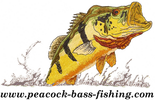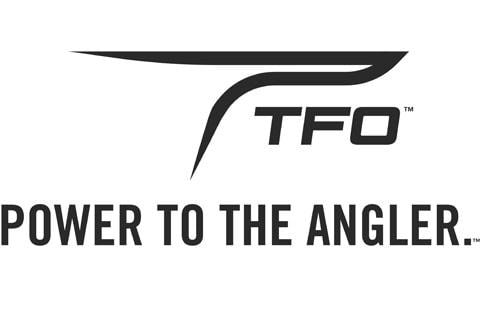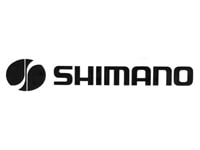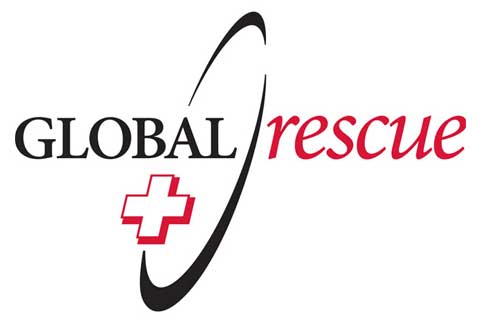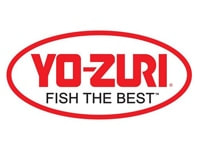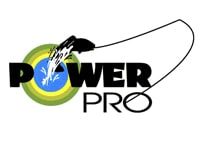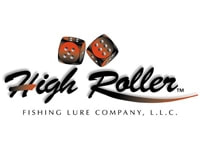Fishing Private Lands
The Importance of Fishing Private Lands
Ninety percent of the sport fishing activities for Peacock Bass in Brazil’s Amazon take place on the upper Rio Negro and the mouths of its tributaries on public lands from October thru February. During the 2018 – 2019 fishing season there was reported to be over 60 mother boats handling up to 30 anglers per week and a large lodge operating between Mora and San Gabriel on the main river channels of the upper Rio Negro. Combined with the commercial fishing pressure and subsistence fishing it all adds up to heavy pressure on this fragile resource.
By securing exclusive fishing rights to the best waters in the Amazon, we ensure that our customers are always setup for success. Private water with no fishing pressure means more and bigger fish! We take our clients to places that other operators cannot go so that they can experience the real Amazon.
Ninety percent of the sport fishing activities for Peacock Bass in Brazil’s Amazon take place on the upper Rio Negro and the mouths of its tributaries on public lands from October thru February. During the 2018 – 2019 fishing season there was reported to be over 60 mother boats handling up to 30 anglers per week and a large lodge operating between Mora and San Gabriel on the main river channels of the upper Rio Negro. Combined with the commercial fishing pressure and subsistence fishing it all adds up to heavy pressure on this fragile resource.
By securing exclusive fishing rights to the best waters in the Amazon, we ensure that our customers are always setup for success. Private water with no fishing pressure means more and bigger fish! We take our clients to places that other operators cannot go so that they can experience the real Amazon.
